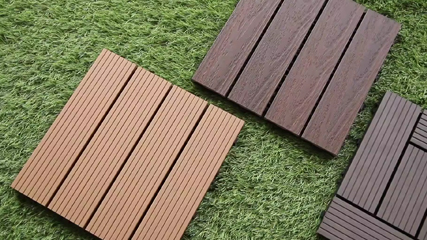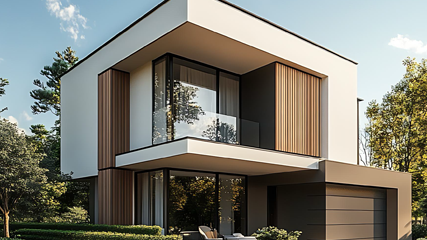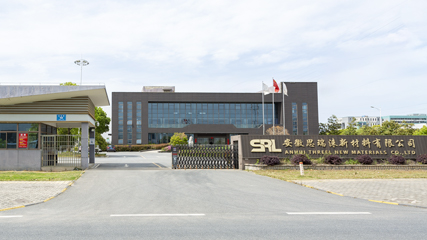A Comprehensive Analysis of Durability, Safety, and Long-Term Performance
Introduction
WPC, or Wood Plastic Composite, is a popular material used in fencing, decking, cladding, and outdoor furniture. Made from a blend of wood fibers and thermoplastics (usually polyethylene, polypropylene, or PVC), WPC aims to combine the aesthetic appeal of wood with the durability and low maintenance of plastic. One common question from homeowners, landscapers, and builders is:
"Can WPC fence panels be used in ground contact applications?"
This article provides a deep dive into the material composition, environmental resilience, and manufacturer guidelines to determine whether WPC fence panels are truly safe and suitable for ground contact.
Understanding Ground Contact in Outdoor Installations
Ground contact refers to any part of a material that:
Touches soil directly,
Is buried in the ground, or
Is constantly exposed to moisture due to proximity to the earth.
Materials in ground contact are susceptible to:
Moisture absorption
Fungal decay
Termite attack
Freeze/thaw cycles
Soil pH and chemical degradation
Therefore, not all outdoor materials—especially wood or composites—are automatically rated for these harsh conditions.
Composition of WPC Fence Panels
WPC is typically composed of:
Wood flour or wood fibers (40–60%): Provides structural integrity and a natural look.
Plastic resin (30–50%): Enhances moisture resistance and dimensional stability.
Additives (5–10%): Includes UV stabilizers, coupling agents, colorants, and fungicides.
The quality and ratio of ingredients significantly impact the panel’s performance. Higher-grade WPC panels use encapsulated wood fibers, superior bonding agents, and better manufacturing techniques (e.g., co-extrusion).
Advantages of WPC in Moisture-Prone Environments
Compared to traditional wood:
Resists rot and decay: The plastic content in WPC inhibits microbial growth.
Termite resistant: Insects are less attracted to synthetic materials.
Stable in varying climates: Less expansion/contraction than pure wood.
No need for painting, sealing, or staining.
However, these advantages do not automatically make all WPC panels suitable for ground contact. Here's why.
Challenges of Ground Contact for WPC Panels
Despite the moisture resistance of WPC, several challenges exist:
Wood Fiber Exposure: If WPC is cut or damaged, internal wood fibers may become exposed to moisture, leading to mold or decay.
Capstock Limitations: Some WPC panels are "capped" with a plastic layer (co-extruded), but this cap may not cover all sides, particularly cut edges or ends.
Drainage and Ventilation Issues: Ground contact limits airflow and drainage, increasing water retention and the potential for microbial buildup.
Soil Chemistry: Acidic or alkaline soils can degrade composite materials over time.
Warranty Limitations: Most manufacturers specifically void warranties if panels are in direct contact with the ground.



























